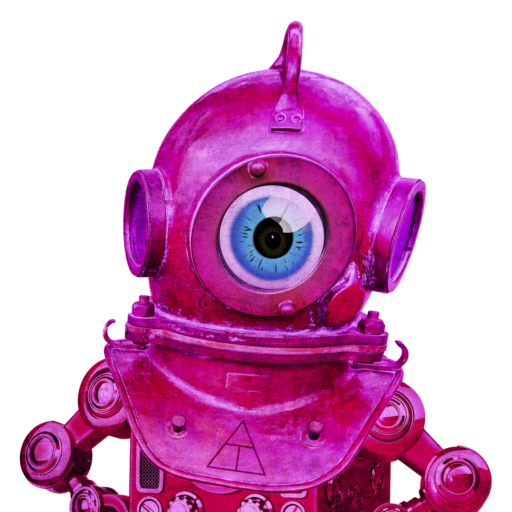Approximately 2,5 million people in the Netherlands are low-literate and have difficulty reading, writing and/or basic calculations. In a growingly digitized society these people encounter more and more hurdles in gathering information and communicating with various organizations. Tolkie assists these people by offering automated explanation text and images to enhance the understandability of texts.
To develop Tolkie, several techniques and external services have been used. For example, Spacy is used to parse natural language so it is possible to create definitions of words with Wiktionary data. Google translate is used to translate text to other languages. However, in recent years also generative AI solutions have been used in the development. For example, OpenAI is used to dynamically create summaries of text and to simplify definitions, and Stable Diffusion to generate images for the definitions of words.
In this presentation, we will talk you through the decisions we made (and remade) and what we learned. We saw that this project went from an AI aided project to a project that leans heavily on AI solutions. We will talk about the successes of AI implementation and on the parts where AI did not help us. Last, we will discuss the double-edged sword of rapid development enabled by existing AI solutions; while they offer remarkable results, they also introduce a dependency on third-party services and can lead to unpredictable results.
Jeroen van de Nieuwenhof has a background in journalism and journalism education. In 2022 he co-started Tolkie and took the role of tech lead within the company. Starting Tolkie allowed him to grow his knowledge and experience in Python/Django development.
Jan Salvador van der Ven is an independent software developer / architect. He has experience in industry and at the RuG and Hanzehogeschool as a teacher. His main expertise is in Python/Django development, software architecture and agile software development. He is involved in the Tolkie project through AI Heroes.
